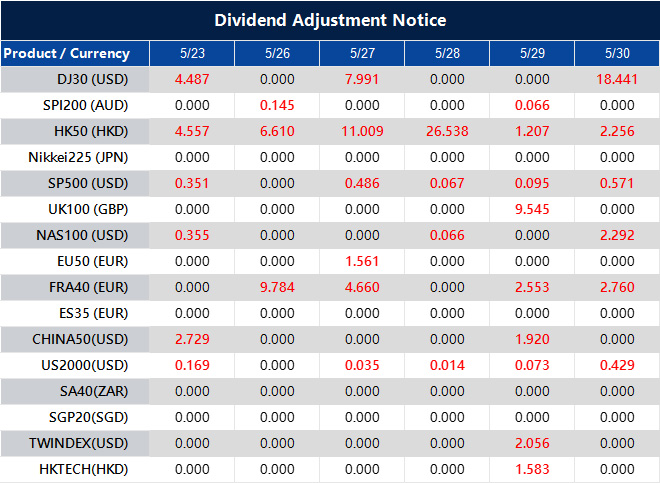USD/CAD is trading around 1.3855 in the early Asian session, supported by strong US economic data. The US S&P Manufacturing PMI rose to 52.3 in May, surpassing expectations and strengthening the USD against the CAD.
S&P also reported an increase in the US Global Composite PMI from 50.6 in April to 52.1 in May. Both Manufacturing and Services PMIs improved to 52.3, further boosting the US dollar.
US Employment Data
For the week ending May 17, US Initial Jobless Claims dropped to 227,000, lower than the expected 230,000, according to the US Department of Labor. However, Continuing Jobless Claims increased by 36,000, reaching 1.903 million for the week ending May 10.
Falling crude oil prices might negatively affect the CAD, as Canada relies heavily on oil exports to the US. Traders are also waiting for Canadian Retail Sales data for April, which is predicted to grow by 0.7%.
Several factors influence the Canadian Dollar, including Bank of Canada interest rates, oil prices, the economic situations in Canada and the US, inflation, and trade balance. Generally, rising oil prices, positive economic signs, and a strong economy tend to support a robust CAD.
With USD/CAD around 1.3855 in the early Asian session, it’s evident that solid US economic performance is boosting the dollar. Recent data from the US offers clear direction. Notably, the S&P Manufacturing PMI improved to 52.3 in May, which is better than expected. In addition, the US Global Composite PMI increased from 50.6 to 52.1, indicating overall growth in US business activity in both goods and services.
Both the manufacturing and services sectors scoring 52.3 points to growth across industries. Historically, this type of data often strengthens the dollar, especially against commodity-based currencies like the Canadian Dollar.
The positive labor data supports this trend. Jobless claims for the week ending May 17 were 227,000, coming in below expectations. While continuing claims rose by 36,000, the slight increase indicates underlying issues that may take time to resolve. For now, the market reaction suggests the dollar remains strong.
On a different note, the energy market is applying pressure on the loonie. A significant drop in crude prices may hurt Canada’s currency, given its major role as an oil exporter to the US. This sensitivity is heightened when oil prices fall alongside a strong US dollar and positive economic indicators.
Impact of Canadian Retail Sales
Next, all eyes are on Canada’s April Retail Sales, which is expected to increase by 0.7%. If the actual data falls short, it could push USD/CAD higher. Conversely, if the figures meet or exceed expectations, the dollar’s ascent might pause briefly.
While various factors consistently shape the outlook, the impact of each can shift based on how the two economies perform. The interest rate decisions of the Bank of Canada are particularly significant. If Canada hints at rate cuts while the Federal Reserve stays firm, the exchange rate could react swiftly.
Additionally, inflation trends and trade flows between the two nations will also play a crucial role. If oil prices stabilize or rise, that could help the CAD maintain its value. However, current volatility in commodities and steady US data create clearer trends.
In the coming week, attention will focus on economic releases from both countries, with any surprises likely to drive market movement. We’ll also be observing how valuations respond in futures pricing, as this has been a reliable indicator of near-term positioning. Meanwhile, options traders should monitor changes in implied volatility, especially around significant economic reports or announcements from central banks.
Create your live VT Markets account and start trading now.
here to set up a live account on VT Markets now





